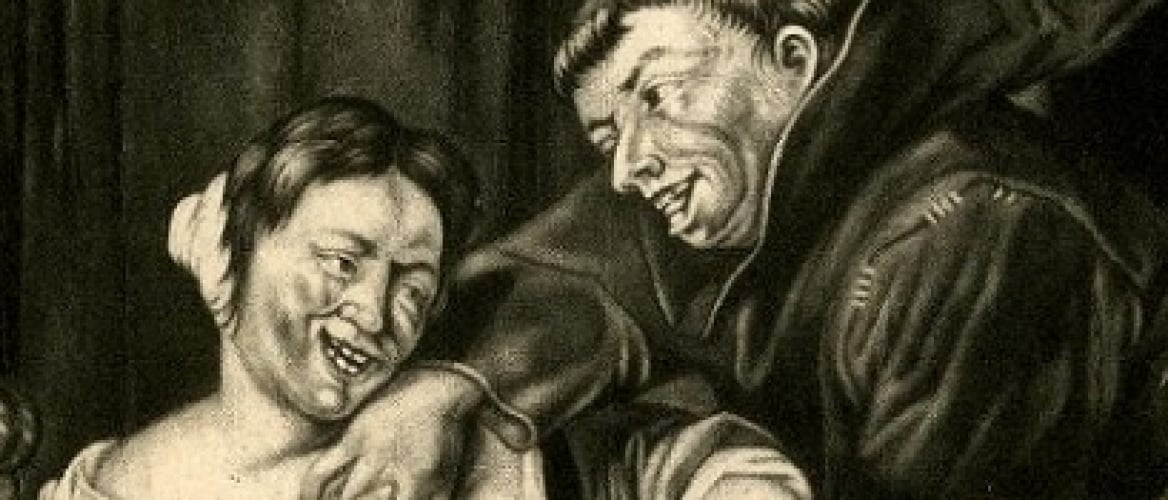
Cornelis (or Cornelius) Dusart (1660-1704) was a Dutch painter, draftsman, and engraver born in Haarlem. He majorly depicted the scenes of peasant life and pastime, involving some frivolous episodes.

Fig. 1a. Drunken Man (britishmuseum.org)
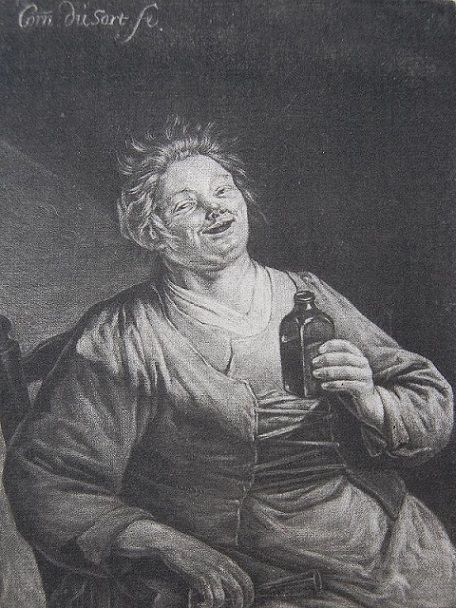
Fig. 1b. Drunken Woman (britishmuseum.org)
A Pupil and Dean
Cornelis Dusart was the son of Joan Dusart, the masterful organist working in Saint Bavo Cathedral. The artist was an apprentice of Adriaen van Ostade from whom he inherited the adherence to the depicting of Dutch peasants’ everyday life. After van Ostade’s death, Dusart owned his works and studio, selling and reworking many pieces, as van Ostade ordered him to do. Interestingly, Dusart was also known as a collector, and, by the end of his life, he obtained a number of works by Italian and Dutch artists who inspired him. At the age of 19, Dusart became a member of the Guild of Saint Luke, where he took the position of dean twenty years later. Allegedly, he didn’t marry and spent the last eleven years of his life with his two aunts. Nowadays, his works are found in museums of Amsterdam and St. Petersburg.
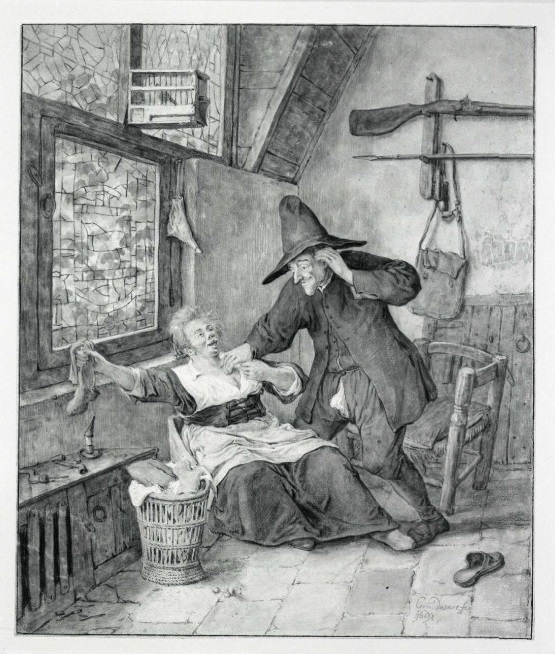
Fig. 2. Frivolous scene between man and woman (britishmuseum.org)

Fig. 3. Image from the five senses series (britishmuseum.org)
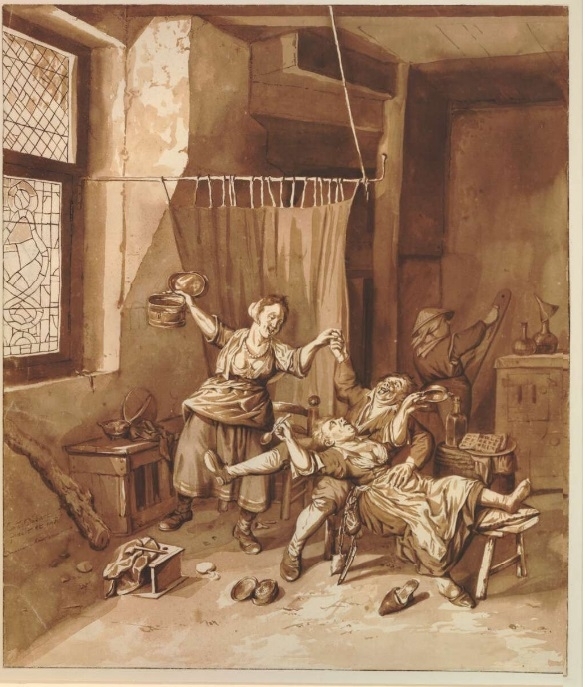
Fig. 4. Drinking Threesome (britishmuseum.org)
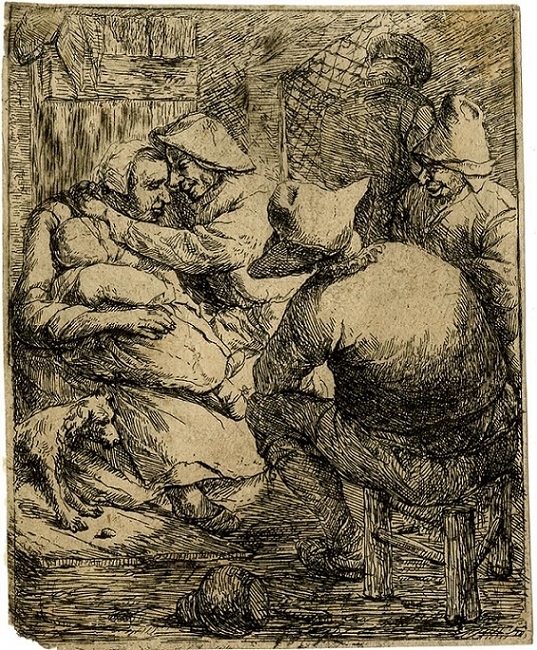
Fig. 5. Breastfeeding woman with three men (britishmuseum.org)
Merry or Moral
We’ve got used to thinking that depictions of drunkards in medieval and renaissance periods contained moral intentions, e. g. works by Bosch or Sebald Beham, where drinks and drinkers are the allegories of foolishness and lust. Dusart’s engravings demonstrate rather a comic approach, though the medieval symbols of sin are still present. One of these symbols is an owl depicted in the image with Ovid’s quotation “Uror, et in vacuo pectore regnat Amor” (I burn, and love reigns in my empty heart, fig. 6). In the medieval centuries, the owl as a night bird of prey symbolized spiritual blindness. According to some interpretations, the ladder in paintings of that period could mean a sexual act, so the owl sitting on a ladder may be an allegory of lust. The comical effect is achieved by the juxtaposition of high art (Ovid’s poem) with a vulgar image of a middle-class couple. A man who is supposed to recite Ovid to a woman barely knows Latin. Yet, the quotation puts the image in the context of pagan gods’ amorous adventures.
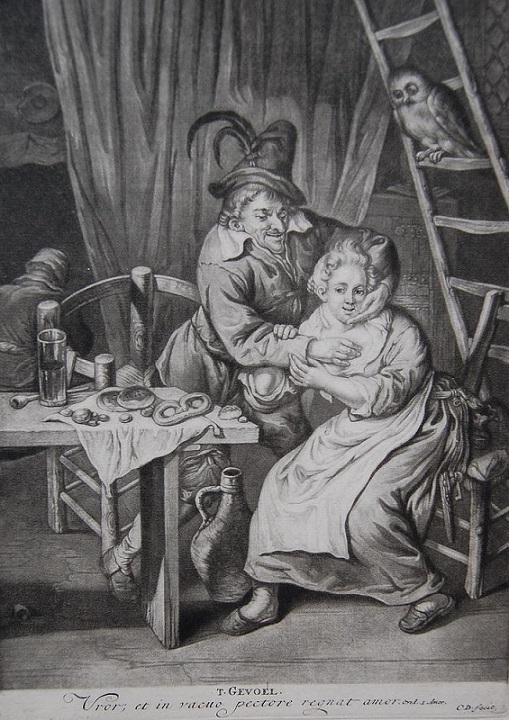
Fig. 6. T’Gevoel / Feeling, from the five senses series (britishmuseum.org)
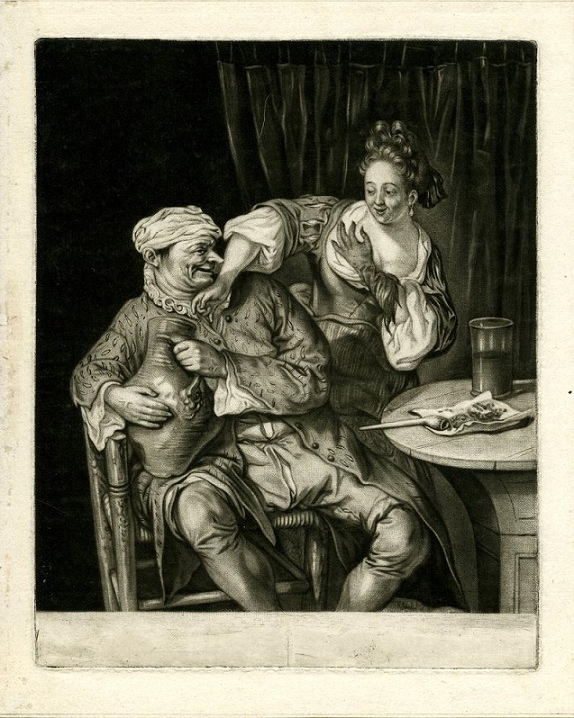
Fig. 7. The woman trying to get hold of the jar (britishmuseum.org)
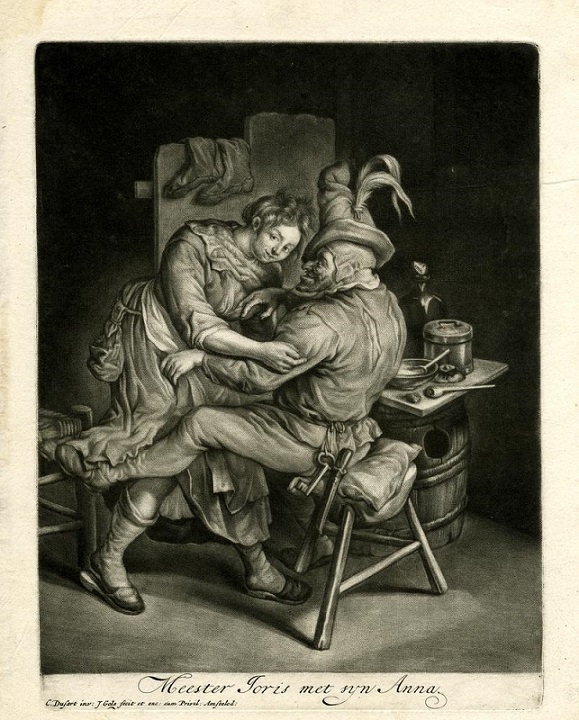
Fig. 8. Meester Joris met syn Anna (britishmuseum.org)
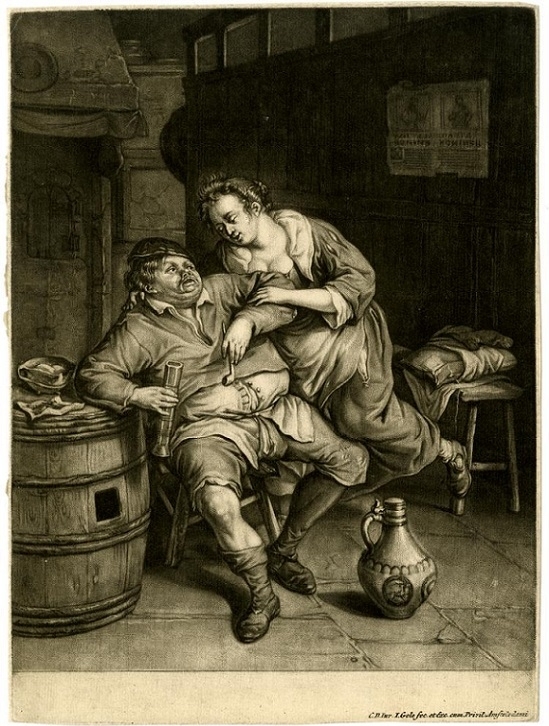
Fig. 9. Man and woman in a tavern
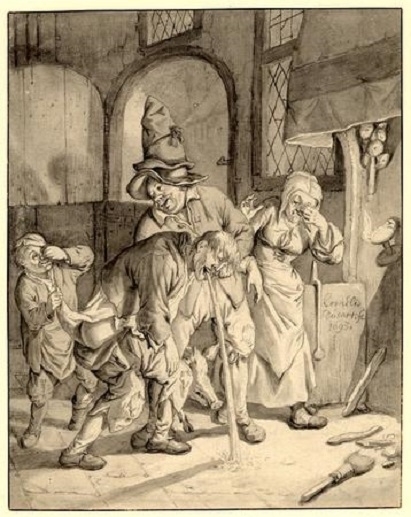
Fig. 10. The Smell from the five senses series
Ship of Fools
This famous metaphor originating from Book VI of Plato’s Republic is largely known as the painting of Bosch. The mad crew spends their time drinking instead of ruling the ship. One of Dusart’s engravings depicting a couple, a sailor and his mistress, dancing in a tavern (fig. 11) evokes in mind this topos as the couple is portrayed with a sailing ship in the background.
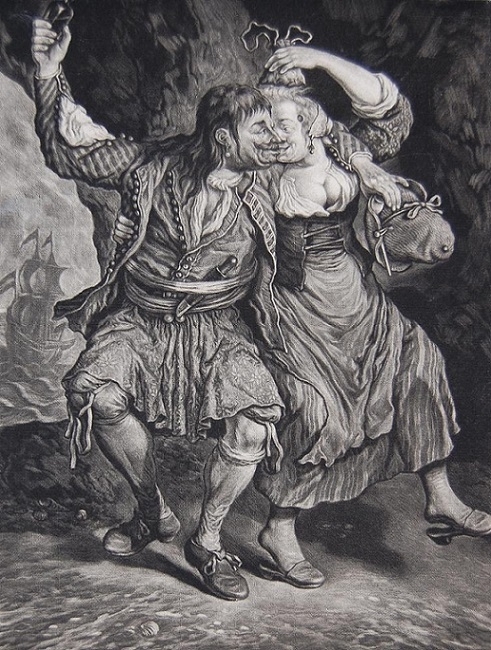
Fig. 11. Birds of a feather flock together
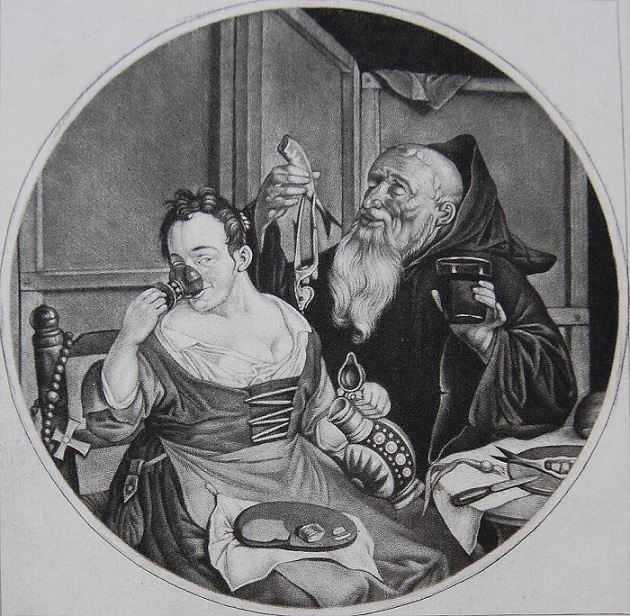
Fig. 12. Monks in conclave (britishmuseum.org)

Fig. 13. The fond couple at the table

Fig. 14. Youth from the series The four ages of man
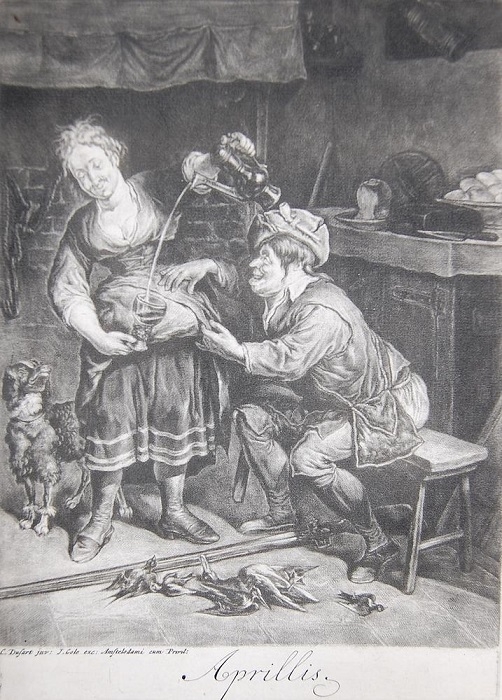
Fig. 15. April from the months series
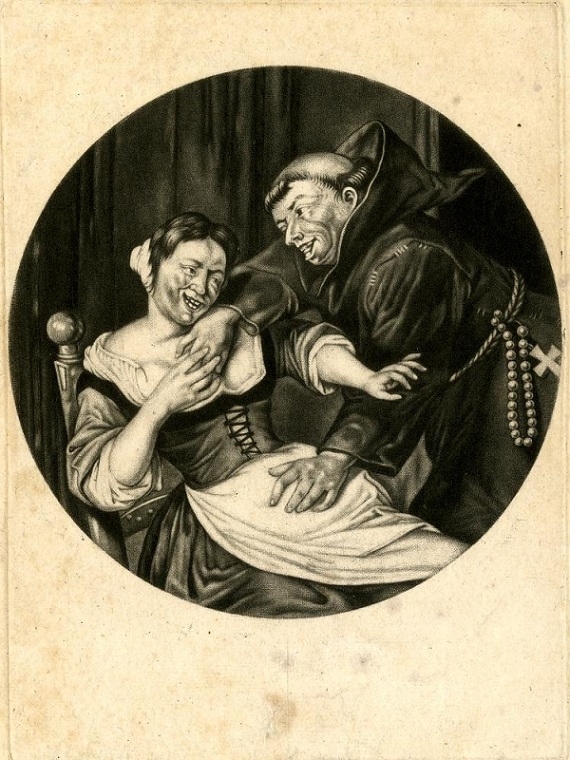
Fig. 16. A monk and a Woman, after Dusart (britishmuseum.org)
Christ and Bacchus
Le Roy Boit (“The King of Drunkards” or “The King’s Drink“) is the most entertaining image to look at. All the crowd sitting around the table is fascinated by a drinking man. Apparently, his capability of gulping liquids is impressive. Nevertheless, the urinating boy in the right part of the image seems to steal the spotlight. In the context of a merry binge, this child is no other than Bacchus. Probably, Dusart was inspired by The Drinking Bacchus of Guido Reni, 1623 (fig. 17a). The dog drinking piss can also be a detail pointing at the ‘dionysian status of the child as animals often surround the god in the depictions. At the same time, the child sitting on the mother’s lap typologically resembles Christ.
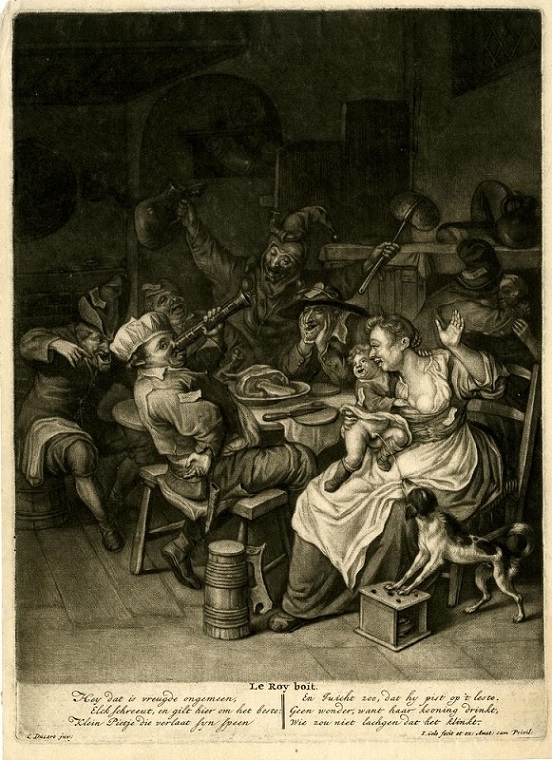
Fig. 17. Le Roy Boit
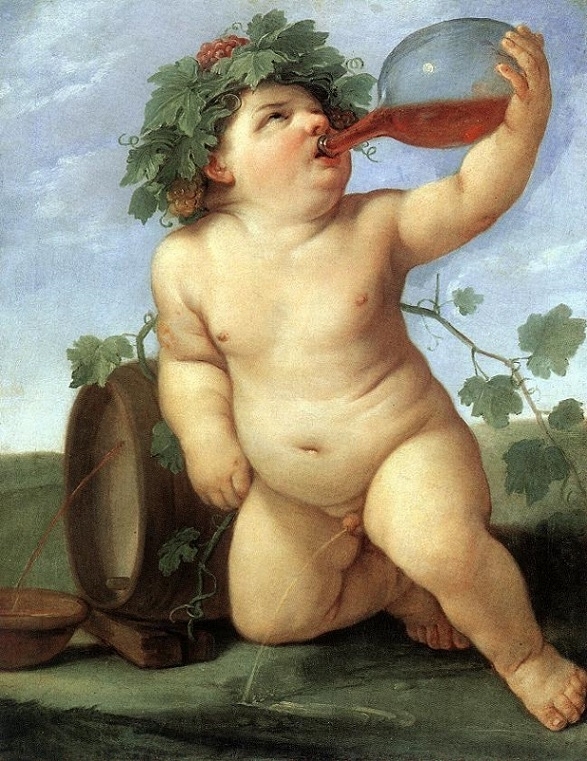
Fig. 17a. Guido Reni, Drinking Bacchus (wikiart.org)
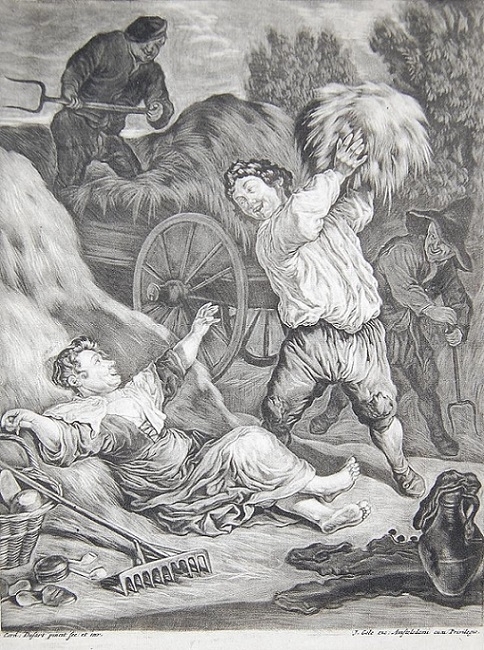
Fig. 18. July from the months series (britishmuseum.org)
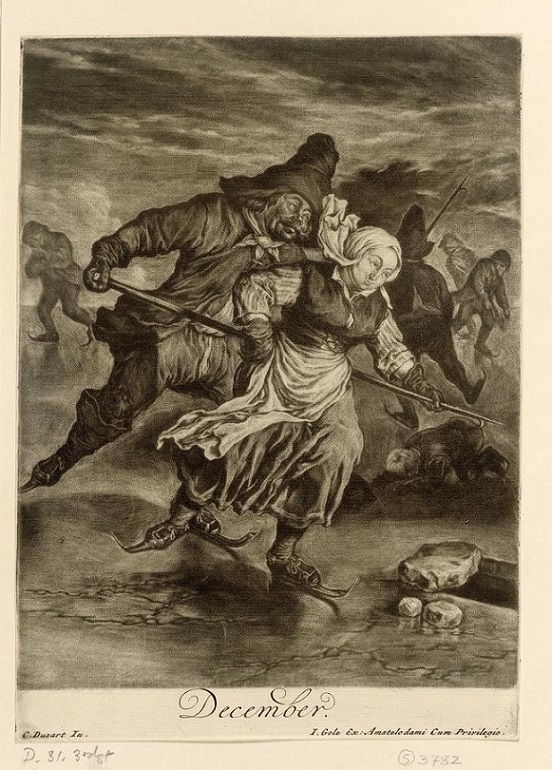
Fig. 19. December from months series
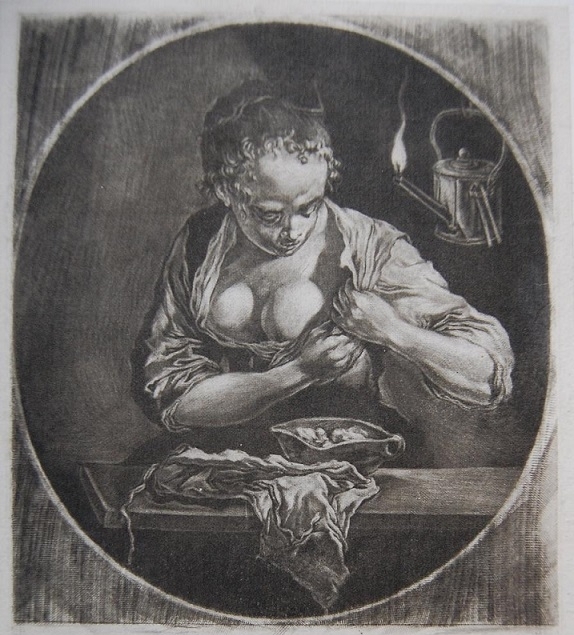
Fig. 20. A maid looking for fleas (britishmuseum.org)
Sources: Wikipedia.org; britishmuseum.org
Click HERE for the secret erotic allusions in the work of Hieronymous Bosch….!!
Let us know your thoughts on Dusart’s engravings in the comment box below….!!
